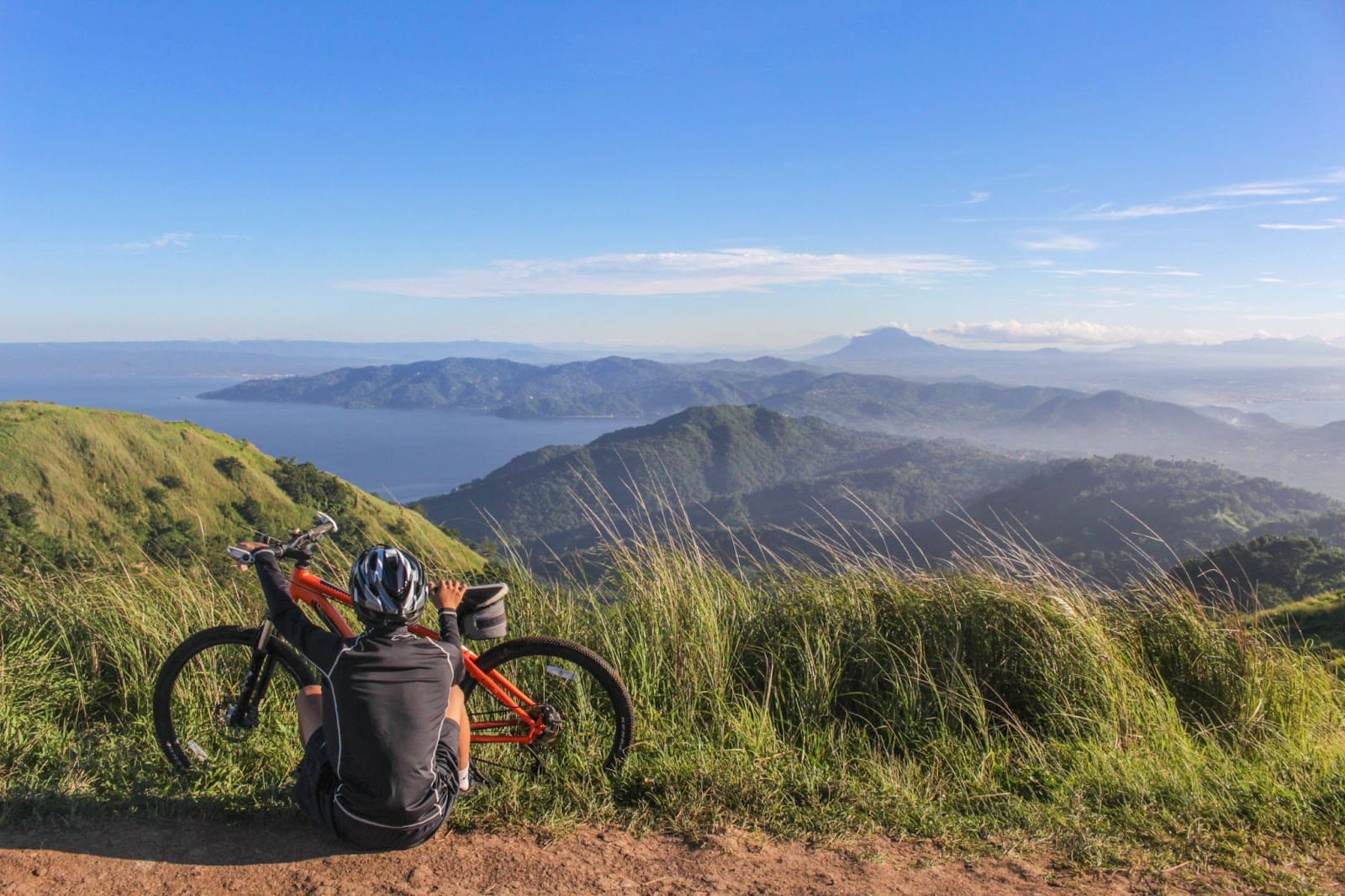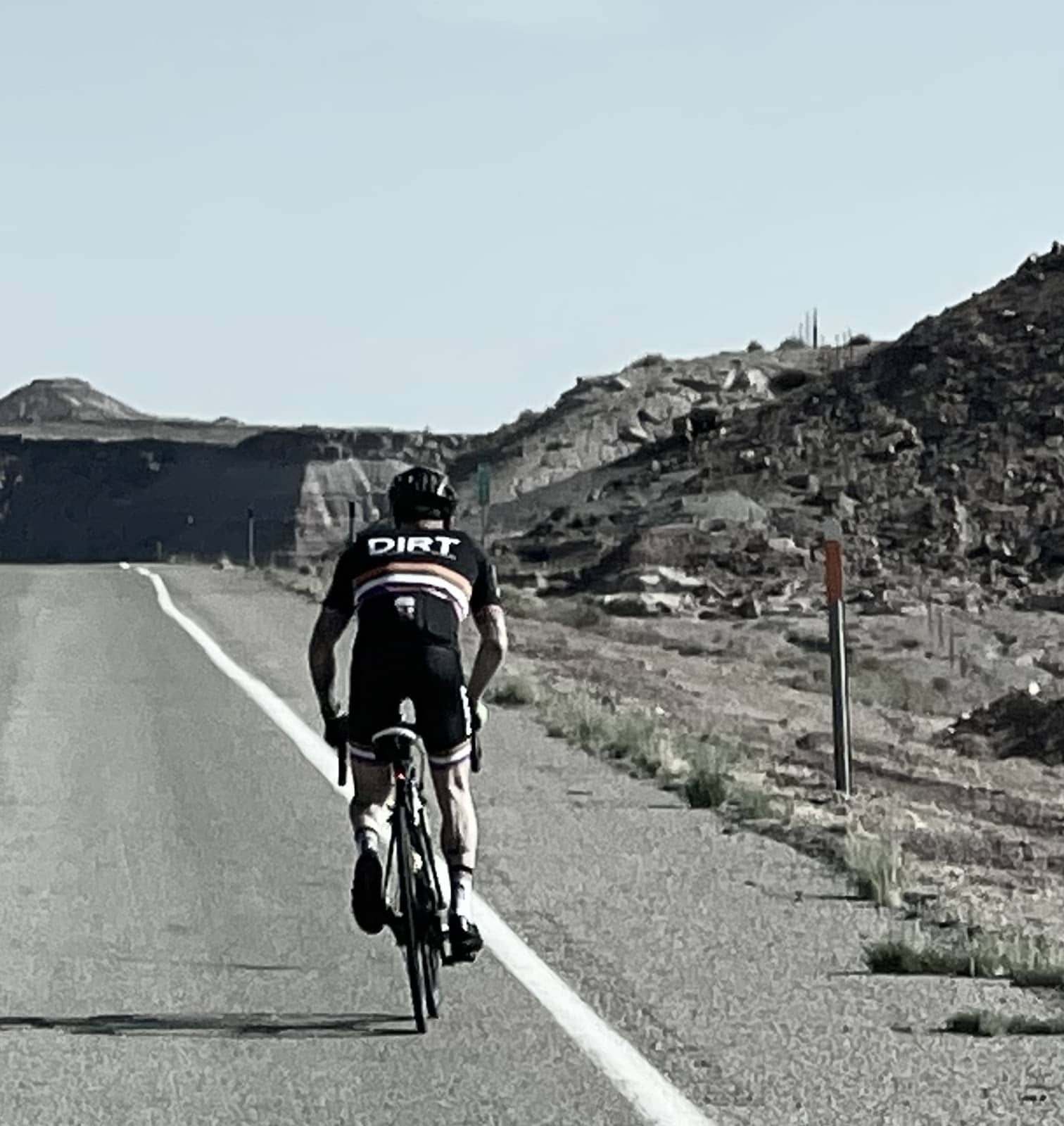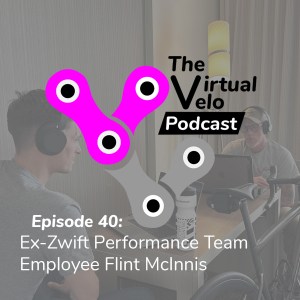Recent research uncovers an unknown muscle fiber repair process and provides the opportunity to revisit what we know about post-exercise recovery.
I’m much like you, and I suspect many of our fellow cyclists are that way too. Any day spent off my bike or away from the gym is a Rest Day for me.
When I initially began cycling and started to compete, this mentality caused me to make a host of ‘rookie’ mistakes. No good could come of rest, and any day devoted to it was one I should avoid, or so I thought.
It wasn’t until I embraced the realization that my rest days were Growth Days that I began to make substantial progress. It is the downtime between workouts when our bodies more effectively repair and rebuild.
Strenuous workouts break down our muscles, and allowing them to rest rejuvenates our bodies and lets them build back up. Without growth days in your routine, continuous muscle breakdown limits your progress and can lead to burnout or overtraining.
The acceptance of my resting-related error also motivated me to learn more about the topic of muscle recovery. What happened deep within my muscles when I was idle that was so important? If you haven’t asked yourself that question, you should.
Here’s a bit of what I found out and what scientists have recently uncovered that gives athletes a more precise understanding.

Resistance Training Causes Muscle Trauma
When you apply a load, or stress, to your muscles during resistance exercise and high-intensity cycling training, trauma occurs to the muscle fibers. It is referred to as muscle injury or damage.
In the article entitled “Strength Training Terminology and other Basic Essentials for the Virtual Cyclist,” previously posted to The ZOM, you will find an overview of resistance training concepts. In addition to explaining why different forms of strength training cause varied levels of trauma to our muscles.
Injury to individual muscles cells caused by resistance training and the disruption of their cellular structure activates a cascade of events. It is this sequence of events that repairs our muscles following a workout, making us stronger.

Repair of Injury Following Exercise Makes Muscles Stronger
The muscle tissue damage that results following strength training activates what are known as satellite cells. Myosatelite cells, also termed muscle stem cells, are the precursors to muscle cells located outside of muscle fibers.
Muscle fiber damage signals the satellite cells to migrate to the damaged fiber and adhere to the area and themselves. The effort to repair or replace damaged fibers causes an increase in muscle fiber cross-sectional area known as hypertrophy.
As the satellite cells replicate and multiply, they become new strands called myofibrils that form the basics of a muscle fiber. Others repair the damaged site itself. The creation of myofibrils in the damaged region causes an increase in thickness and number, and the result is accurate of the muscle fiber itself-hypertrophy.
Muscle growth is a complex molecular biology cell process, but this overview provides the basic accepted theory behind fiber damage and repair for our discussion. Recent research into this topic has provided visual proof of an unknown underlying muscle repair process and insight into how athletes will benefit in the future.

A Recent Study Shows Muscle Repair Without Stem Cells
In the new study, published in the journal Science, researchers discovered a previously unknown repair process following exercise that doesn’t involve stem cells. This newly discovered process occurs in addition to and is independent of muscle stem cell repair.
The authors found that shortly after exercise, nuclei travel toward the damaged muscle tissue. Myonuclei regulate the activities of muscle cells, including growth and metabolism, and carries the genes.
Once in the region, the myonuclei issue commands to produce new proteins that seal the damaged area and resolve the injury. The nuclei act as a pit crew of highly trained domestiques to rapidly initiate the muscle fiber recovery process.

The Timing of Muscle Fiber Repair Following Exercise
For the study, the researchers asked healthy human subjects to run on a treadmill and biopsied muscle fibers from their thighs. The authors found that the nuclei moved toward the injury site within five hours of exercise performance. Within 24 hours of the muscle fiber damage, the repair process involving the nuclei was nearly complete.
This finding is in slight contrast to the timeline for stem cell-derived repair of muscle fibers. In this case, the process takes a more extended period and explains myonuclei as a short-term response.

An Interesting Incidental Finding of the Study
When assessing the data results, the researchers came to an unintended conclusion that confirmed the previous evidence. The subjects that had a training history before the study developed less muscle fiber damage than those that didn’t. This result confirmed previous evidence that consistent training makes muscles more resistant to exercise-induced damage.
Conclusion - The Cycling-Specific Implications
In either case, treatments and techniques to enhance the molecular pathways are the future of exercise recovery and performance. As endurance athletes, the more knowledge we have of muscle recovery, the greater our ability to make educated performance decisions.
We know that recovery is as essential to our athletic performance as the training itself. With further advancements in muscle recovery like this recent study shows, we will focus our downtime to make us better cyclists.
Your Thoughts?
Does having a better understanding of the science behind recovery make it easier for you to take a Growth Day? Comment below! Your fellow virtual cyclist wants to know.
For more great science-based articles with cycling and performance implications check out the Training & Performance page on The ZOM!
To subscribe to the Zommunique and receive more informative and entertaining articles like this one sent directly to your inbox, click here!
Semi-retired as owner and director of his private Orthopedic Physical Therapy practice after over 20 years, Chris is blessed with the freedom to pursue his passion for virtual cycling and writing. On a continual quest to give back to his bike for all the rewarding experiences and relationships it has provided him, he created a non-profit. Chris is committed to helping others with his bike through its work and the pages of his site.
In the summer of 2022, he rode 3,900 miles from San Francisco to New York to support the charity he founded, TheDIRTDadFund. His “Gain Cave” resides on the North Fork of Long Island, where he lives with his beautiful wife and is proud of his two independent children.
You will read him promoting his passion on the pages of Cycling Weekly, Cycling News, road.cc, Zwift Insider, Endurance.biz, and Bicycling. Chris is co-host of The Virtual Velo Podcast, too!












